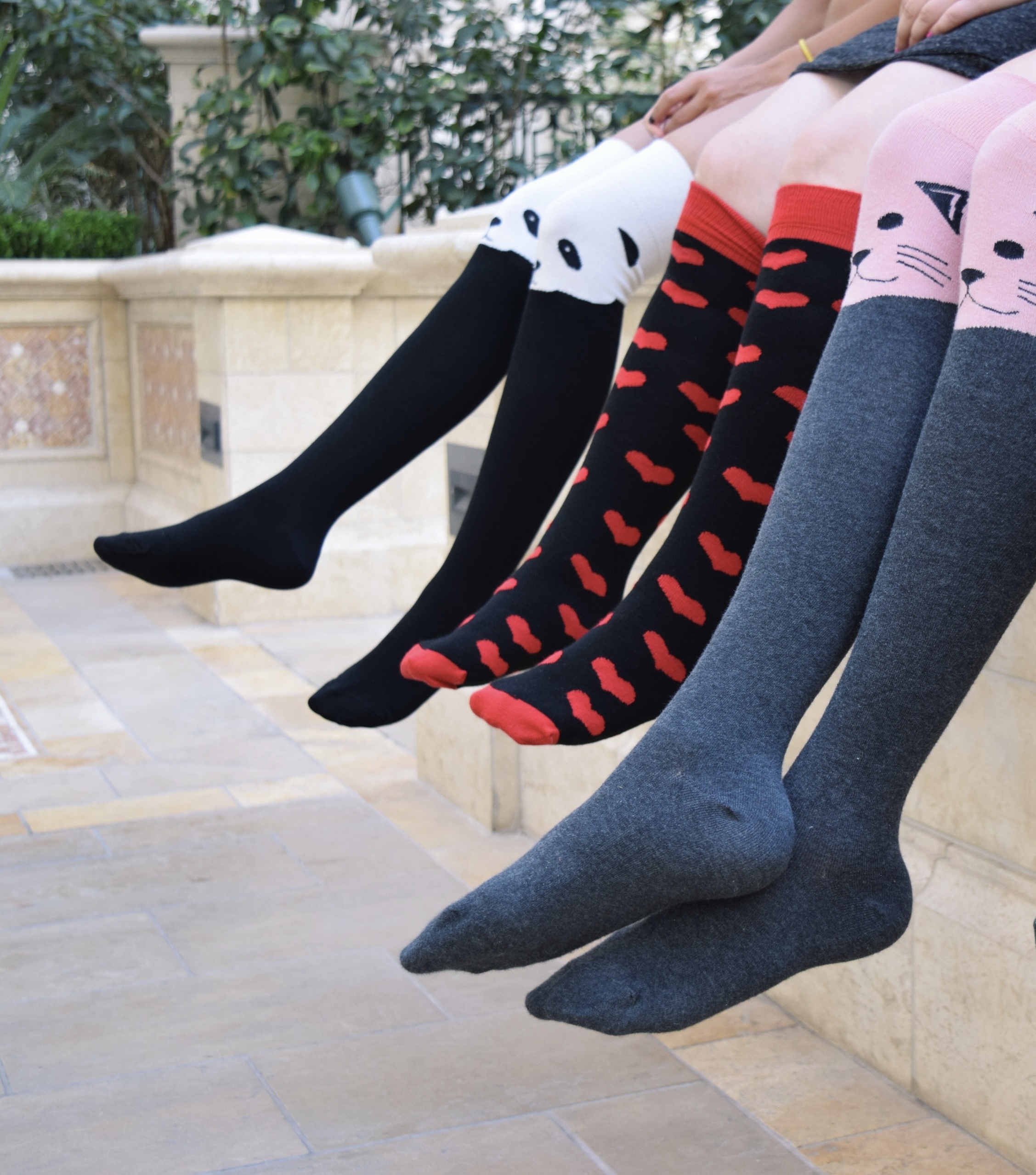When were socks invented?
Socks are a ubiquitous part of our daily lives, providing comfort and protection for our feet. But have you ever wondered about their origins and how they have evolved through the ages? In this article, we will explore the fascinating history of socks and delve into the various materials used in their production, as well as their cultural significance.
The Origins of Socks
The history of socks dates back centuries, with evidence of their existence found in ancient civilizations around the world. These early societies recognized the importance of footwear, not only for protecting the feet but also for providing warmth and comfort.
Ancient civilizations such as Egypt and Rome played a significant role in the development of socks. In these cultures, socks were crafted from animal skins and furs. These primitive socks were a far cry from the soft and cozy ones we are familiar with today, but they served their purpose in protecting the feet from rough terrain and the harsh elements.
It is fascinating to delve into the role of socks in early cultures. Socks were not merely a utilitarian garment; they held symbolic meaning as well. In some societies, the color and design of the socks denoted social status or represented an individual's belonging to a particular group. This cultural significance highlights the importance placed on socks, even in ancient times.
As civilizations advanced, so did the art of sock-making. In medieval Europe, socks became more sophisticated and were often knitted by hand using intricate patterns. These socks were not only functional but also served as a fashion statement, with nobles adorning their feet with luxurious and ornate designs.
During the Renaissance period, socks continued to evolve. The invention of the knitting machine in the 16th century revolutionized sock production, making them more accessible to the general population. Socks became an essential part of everyday attire, with people of all social classes donning them for both practical and fashionable reasons.
In the 19th century, the Industrial Revolution brought about significant changes in sock manufacturing. Machines were now capable of producing socks on a large scale, leading to the mass production of this once handcrafted item. This development made socks more affordable and readily available to people from all walks of life.
In the modern era, socks have become a staple in everyone's wardrobe. They come in various styles, lengths, and materials to suit different preferences and occasions. From athletic socks designed for sports performance to cozy warm socks perfect for winter, there is a sock for every need and taste.
Today, socks continue to evolve with advancements in technology and fashion trends. Innovative materials and manufacturing techniques have led to the creation of socks that offer enhanced comfort, moisture-wicking properties, and even odor control. Socks have truly come a long way from their humble beginnings in ancient civilizations.
The Evolution of Socks Through the Ages
As civilizations progressed, so too did the art of sock-making. During the Middle Ages, socks started to resemble the familiar form we recognize today. They were predominantly made from wool and were often hand-knit by skilled artisans.
However, the story of socks goes beyond their basic form and material. Let's delve deeper into the fascinating history of socks and explore how they evolved over time.
Socks in the Middle Ages
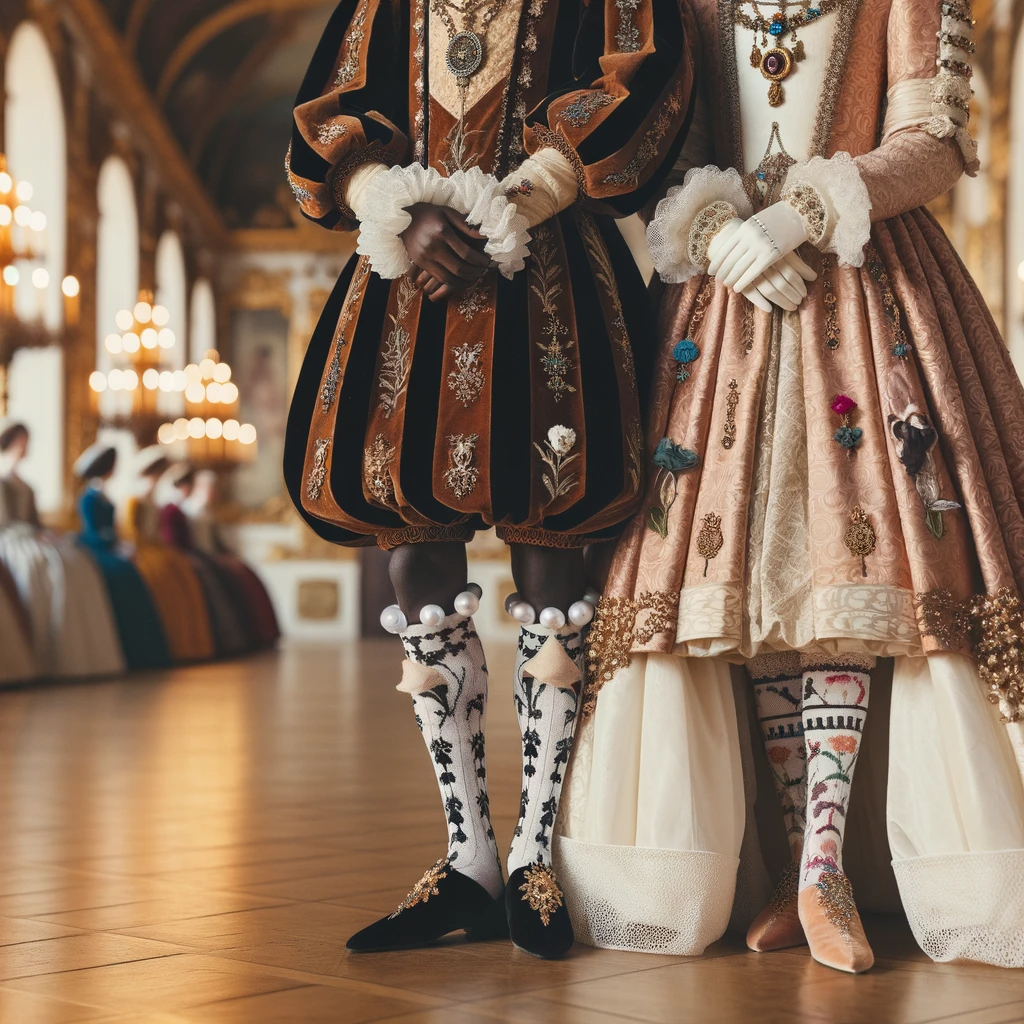
The Middle Ages marked a significant shift in sock production, as the demand for socks grew alongside the rise of trade and commerce. With the invention of the knitting machine, the production of socks became more efficient, and they became more accessible to a wider range of the population.
During this period, socks were not just a practical necessity but also a fashion statement. They were often intricately designed with elaborate patterns and vibrant colors, showcasing the creativity and craftsmanship of the artisans who made them. Socks became a symbol of social status, with the wealthy adorning themselves with luxurious silk and embroidered socks, while the lower classes made do with simpler, more functional designs.
The Industrial Revolution and Sock Production
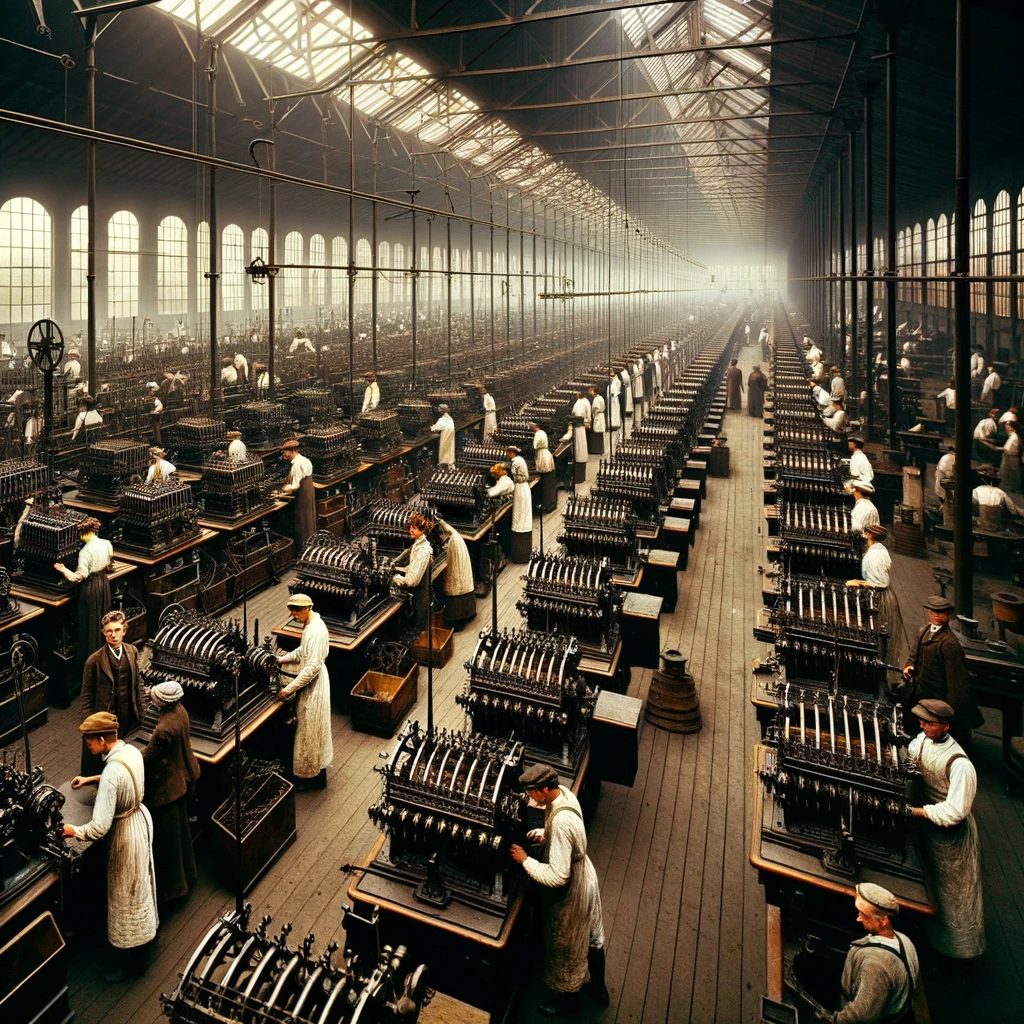
The Industrial Revolution brought about further advancements in sock production. The introduction of steam-powered machines revolutionized the textile industry, including sock manufacturing. Sock production shifted from a cottage industry to large-scale factories, allowing for mass production and cheaper prices.
With the advent of mechanized knitting machines, socks could now be produced at an unprecedented rate. This not only made socks more affordable for the average person but also opened up new opportunities for the fashion industry. As the demand for socks grew, so did the variety of styles and materials available. Cotton and synthetic fibers were introduced, providing different levels of comfort and durability.
The Industrial Revolution also saw the rise of sock brands and manufacturers, each striving to create unique and innovative designs to capture the market. Socks became more than just a functional garment; they became a fashion accessory, with patterns, colors, and textures reflecting the ever-changing trends of the time.
As technology continued to advance, sock production became even more efficient. Computerized knitting machines were introduced, allowing for greater precision and customization. Today, socks are available in countless styles, from ankle socks to knee-highs, from plain and simple to bold and patterned, catering to every individual's taste and preference.
So, the next time you slip on a pair of socks, take a moment to appreciate the long and fascinating journey they have taken throughout history. From the hand-knit woolen socks of the Middle Ages to the mass-produced, technologically advanced socks of today, they have truly come a long way.
Materials Used in Early Sock Production
The availability of materials played a vital role in the development of socks. As civilizations progressed and trade routes expanded, a wide range of materials became available for sock production.
Let's dive deeper into the fascinating world of early sock materials and explore the various options that ancient societies had at their disposal.
Animal Skins and Furs
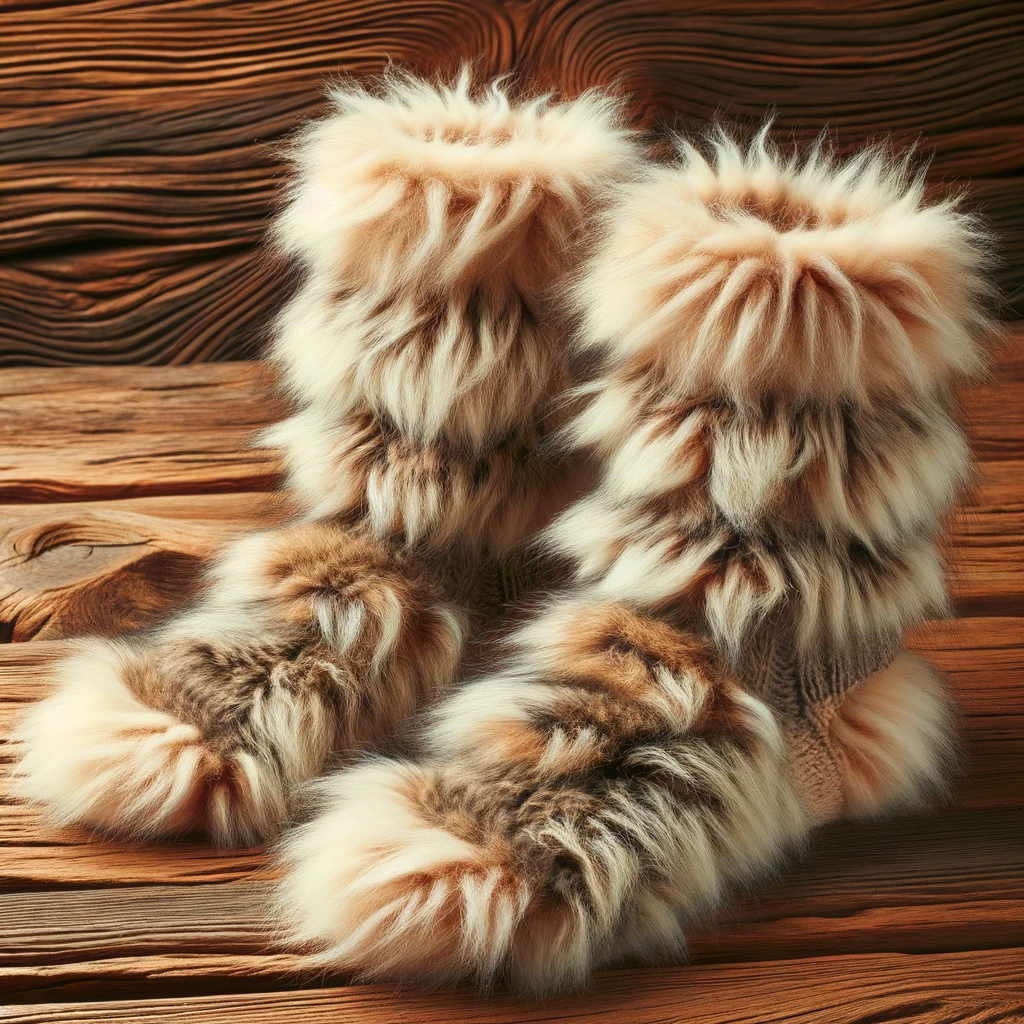
Early socks were often made from animal skins and furs, providing durability and insulation. These socks were ideal for colder climates, adapting to the needs of ancient societies.
Imagine the resourcefulness of our ancestors as they utilized the skins and furs of animals they hunted for survival. These socks not only kept their feet warm but also protected them from rough terrains and harsh weather conditions.
From the thick and rugged hides of large animals like bison and elk to the soft and luxurious furs of smaller creatures like rabbits and squirrels, early sock makers had a wide array of materials to choose from. Each animal skin or fur brought its unique qualities to the socks, ensuring comfort and functionality.
The Introduction of Wool and Cotton
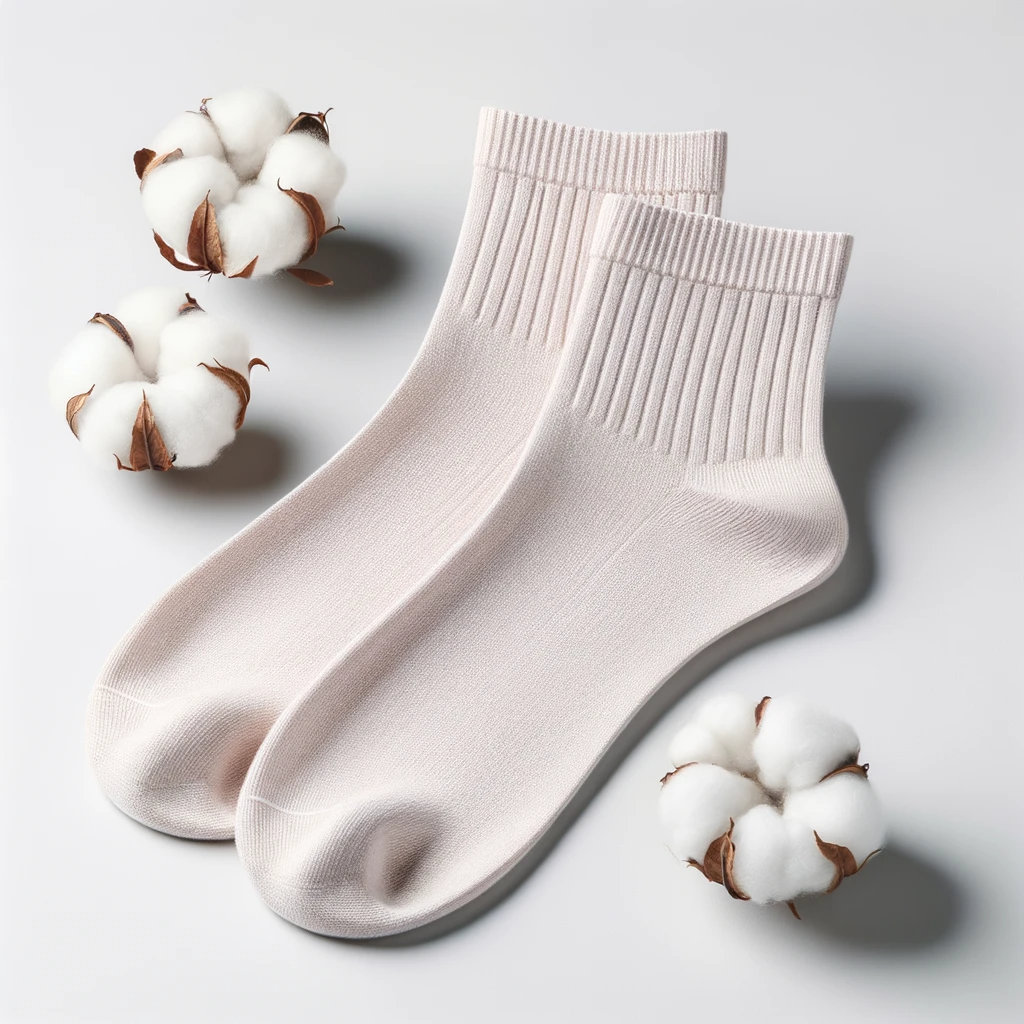
With the introduction of wool and cotton, sock production took a significant leap forward. Wool, known for its excellent insulation properties, provided warmth even in the harshest of conditions. Cotton, on the other hand, offered breathability and softness, making it a popular choice for socks.
Wool, obtained from the fleece of sheep, goats, and other animals, revolutionized the sock industry. Its natural crimp and air pockets trapped warm air, creating a cozy barrier against the cold. Wool socks became a staple in many cultures, ensuring that people's feet remained snug and protected during long winters.
Cotton, a plant-based fiber, brought a new level of comfort to sock wearers. Its soft and breathable nature made cotton socks a delight to wear, especially in warmer climates. The ability of cotton to absorb moisture also helped keep feet dry and prevent unpleasant odors.
As trade networks expanded, these materials became more accessible to different regions, allowing for the widespread production and distribution of socks. The availability of wool and cotton opened up new possibilities for sock design and comfort.
So next time you slip on a pair of socks, take a moment to appreciate the rich history and evolution of the materials that make up this humble yet essential garment.
The Function of Socks in Different Cultures
While socks primarily serve as a protective layer for our feet, they have also played fascinating roles in different cultures throughout history.
Socks as Status Symbols
In certain societies, socks were seen as a symbol of wealth and status. Elaborate and intricately designed socks were reserved for the elite, showcasing their social standing and affluence.
Practical Uses of Socks
Aside from their symbolic and social significance, socks have always served practical purposes. They protect the feet from blisters, provide cushioning, and help regulate temperature, ensuring our feet stay comfortable throughout the day.
Modern Socks and Their Development
Today, socks have come a long way from their humble beginnings. The advent of synthetic materials and advancements in technology have propelled sock production into the modern era.
Synthetic Materials and Mass Production
The use of synthetic materials such as nylon and polyester has revolutionized sock manufacturing. These materials offer durability, moisture-wicking properties, and the ability to stretch and conform to the foot's shape. Additionally, the mass production capabilities of modern machinery have made socks readily available to people of all walks of life.
The Role of Fashion in Sock Design
Beyond their practical function, socks have become a medium for self-expression and fashion. From vibrant patterns to novelty designs, socks have emerged as a way to showcase one's personality and sense of style. Fashion-forward individuals now have a plethora of options to choose from, ensuring that socks are no longer an afterthought but an integral part of their overall ensemble.
In conclusion, socks have a rich history that spans centuries. From their crude origins in ancient civilizations to the modern marvels we wear today, socks have evolved alongside human society. They have not only provided warmth and protection but have also served as status symbols, practical accessories, and fashion statements. So the next time you slip on a pair of socks, take a moment to appreciate their journey through time and how they have become an essential part of our daily lives.


